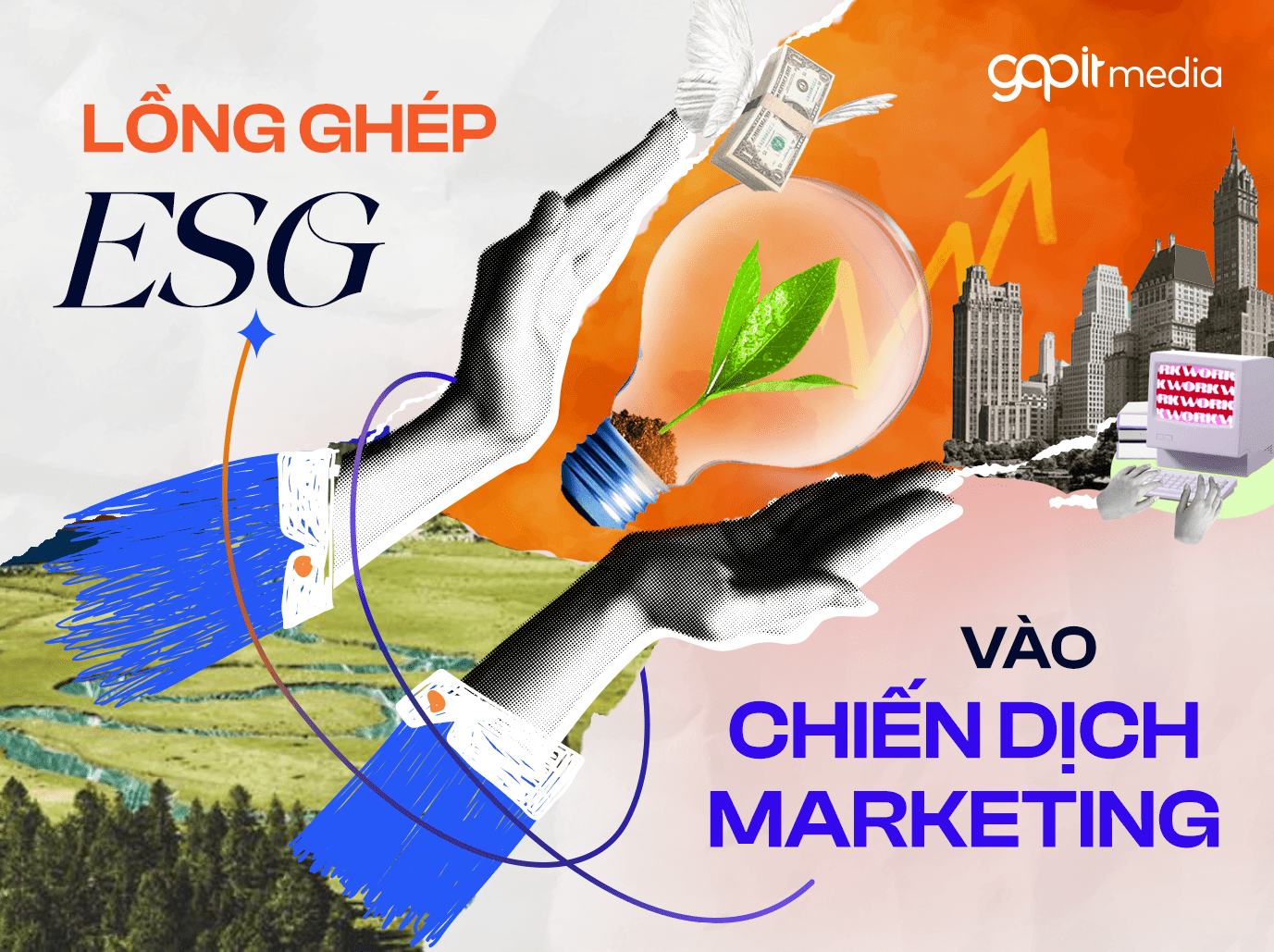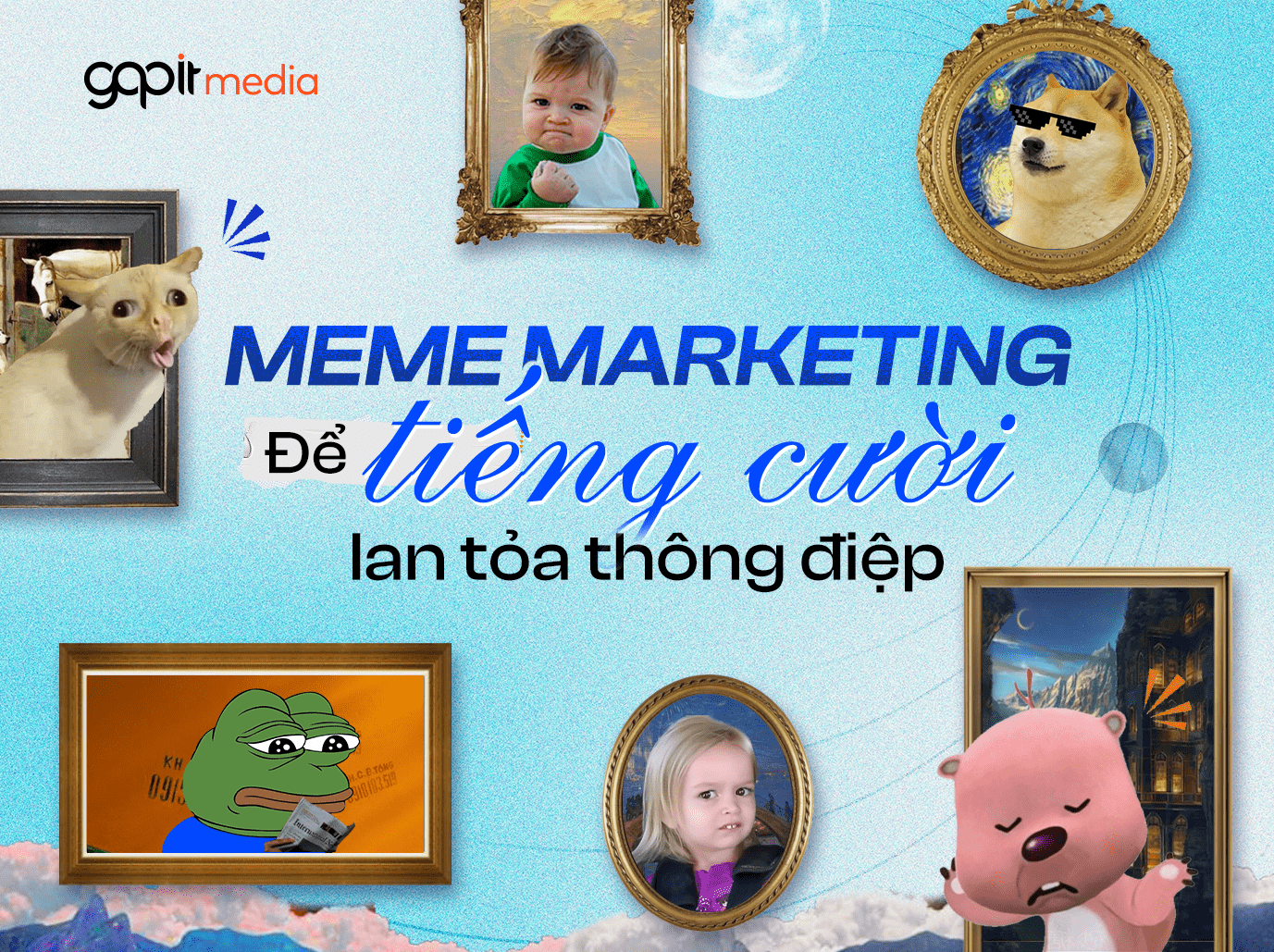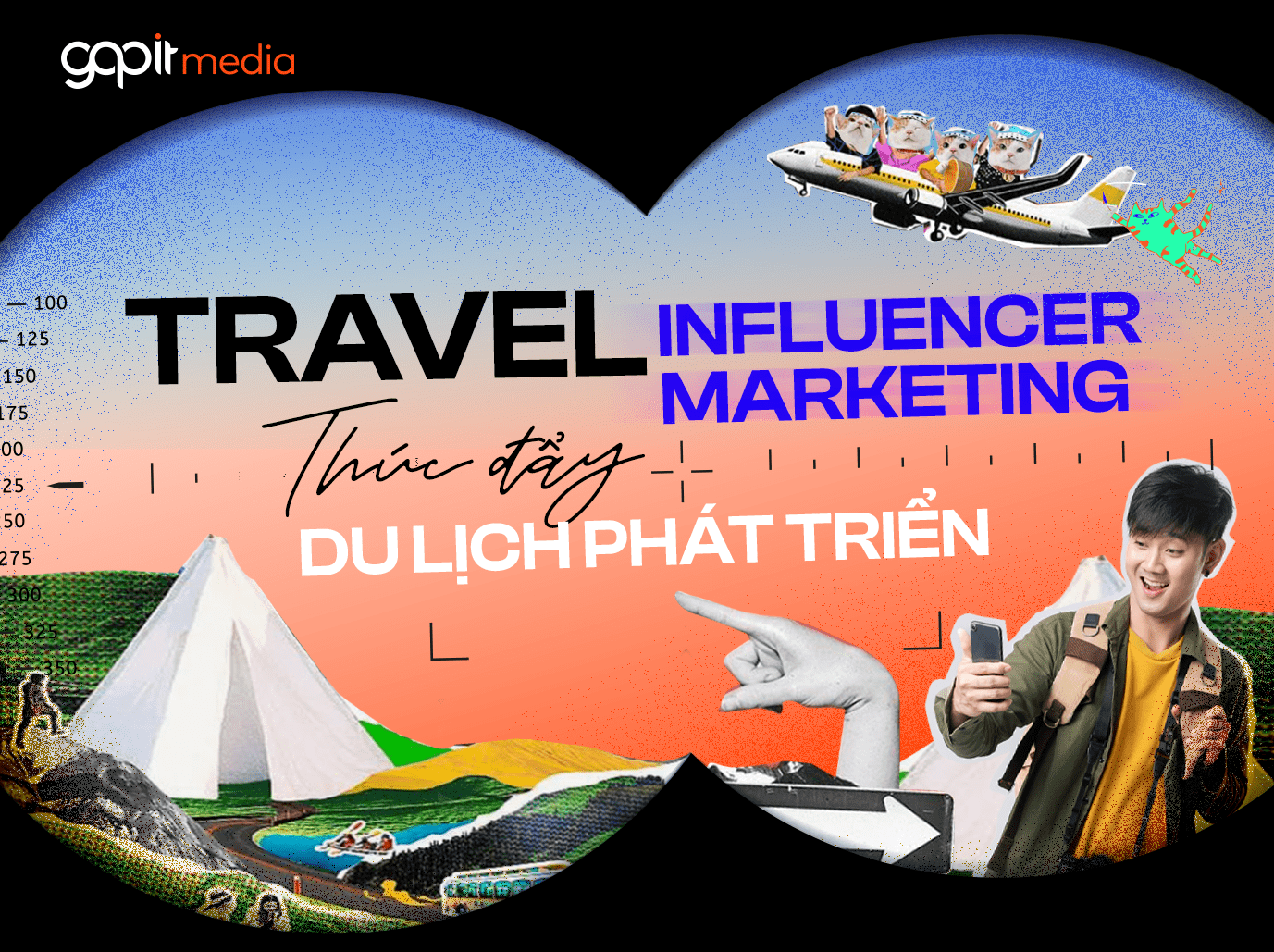Case studies on integrating ESG into marketing campaigns
Integrating ESG principles into marketing campaigns is emerging as a key strategy for businesses, boosting brand reputation and contributing to societal sustainability.
1. High-impact ESG-integrated marketing campaigns in Vietnam
In 2022, Nestle successfully integrated ESG factors into its communication campaign titled ‘Nâng niu lắm, thiên nhiên ơi’. This campaign focused on the NESCAFÉ Plan, a long-term Nestle initiative to promote sustainable agriculture, reduce negative environmental impacts, and improve farmers’ livelihoods. Nestle utilized music to connect with young consumers, collaborating with music producer Touliver and singer My Anh to convey ecological messages, helping young people better understand the importance of protecting nature.

Nestle and “Nâng niu lắm, thiên nhiên ơi” campaign
In addition to music, the campaign created a multi-sensory experience by collaborating with Vietcetera to launch the “Đi-tox” talk show series, filmed in the lush green coffee farm, listening to the sounds of nature to help viewers feel the connection between humans and nature. Through this campaign, Nestle promoted its products and built an image of a brand responsible to the community and the environment.
When discussing marketing campaigns with corporate ESG elements, Vinamilk cannot be overlooked for its decades-long initiatives. From 2012 to 2020, Vinamilk established the ‘One Million Trees for Vietnam’ fund, contributing to greening the environment and raising public awareness about the importance of nature conservation. In December 2023, Vinamilk focused on promoting its premium milk line, Green Farm, produced from Green Farm with three main aspects: carefully selected inputs, regenerative agricultural practices, and the application of modern technology in sustainable agriculture.
Vinamilk with “Vinamilk Green Farm – Điều không tưởng” campaign
Since 2007, Vinamilk’s Vietnam Rising Milk Fund has been deeply ingrained in the minds of consumers as one of the most typical social initiatives, contributing positively to improving nutrition and enhancing the quality of life for millions of children nationwide. Through the fund’s activities, Vinamilk has reached out to many customers in rural and mountainous areas while building a reputation as a leading dairy brand that cares about profits and pays special attention to the community, especially children. Vinamilk’s ESG marketing campaigns have been sustained for many years, continuously communicating to consumers that the brand truly cares and takes action to build a better world, thereby strengthening customer loyalty.
At the end of 2023, Kinh Do successfully joined the trend with its Trash Right campaign, demonstrating its commitment to building a sustainable environment. This campaign not only focused on changing the packaging of Kinh Do’s products into environmentally friendly materials but also aimed to raise community awareness about waste, especially plastic waste.
On product packaging, Kinh Do prints instructions on how to sort and recycle waste, making it easy for consumers to participate in this process. The company also communicates about Trash Right through multiple channels including Facebook, and online news sites, and collaborates with NGOs and schools to implement educational activities and raise awareness about environmental protection for the younger generation. Kinh Do commits to making 100% of its product packaging recyclable by 2025, contributing to responsible waste management and inspiring positive change in young people.
2. Advantages of incorporating ESG into marketing campaigns
2.1. Enhance brand image and credibility
With growing societal awareness of social and environmental issues, consumers are demanding more from brands. Beyond product quality, they seek businesses that prioritize sustainability. By demonstrating a strong ESG commitment, companies can differentiate themselves from competitors, build trust, and foster customer loyalty.
The banking industry is one of the leading sectors that apply ESG principles to business operations and marketing. According to the State Bank of Vietnam, up to 90% of banks have partially or fully adopted ESG criteria in their operations now. Previously in 2023, SHB Bank made an impression with its 30th-anniversary communication campaign, conducted with the consultation, companionship, and support of GAPIT Media. The campaign’s activities received significant attention and discussion on social media, effectively conveying the bank’s core values to its customers. By showcasing SHB’s ESG initiatives, the campaign boosted customer confidence, attracted new customers, and expanded the bank’s market reach.
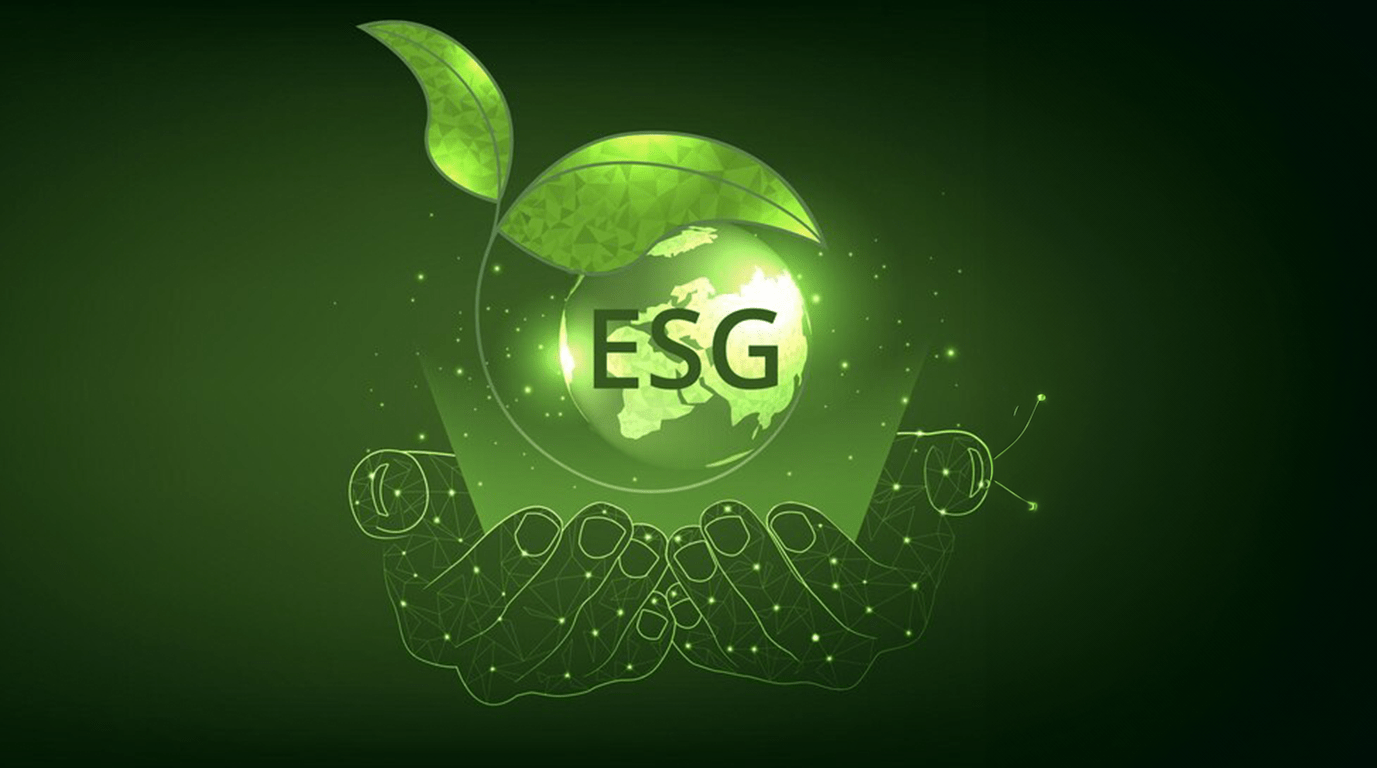
Marketing campaigns that integrate ESG bring many great benefits to businesses
2.2. Enhance reputation and engagement with partners and customers
Marketing campaigns that incorporate ESG elements often address customers’ concerns. When businesses share stories, perspectives, and contributions to social issues, they inadvertently create a sense of empathy with customers. On the other hand, ESG activities always require accuracy, transparency, and high responsibility. Once a business has publicized its activities and results after its ESG campaign, it will build trust, making customers want to stay longer.
From the perspective of investors and business partners, ESG is often long-term, so when focusing on ESG, businesses will receive attention from investors passionate about sustainable development, thereby increasing opportunities to access investment capital.
3. Pitfalls to avoid in ESG marketing
3.1. Stay true to your brand
While the color green and natural imagery are common elements in ESG campaigns, businesses must ensure that these elements align with their overall brand identity. Adhering to brand guidelines is crucial for maintaining a cohesive and recognizable brand.
3.2. Develop a compelling narrative with visually appealing content
Storytelling is commonly used in ESG campaigns and should be based on real-life stories to help customers understand the message the company wants to convey. For instance, with the Green Farm model, Vinamilk utilized visual imagery, specific data, and information to illustrate the closed-loop process from farm to finished milk products.
3.3. Avoid greenwashing
Greenwashing is the deceptive practice of promoting products or services as environmentally friendly but they are not. In 2023, fast fashion retailer H&M faced a massive backlash after the truth about their clothing donation and recycling campaign was exposed. Instead of collecting and recycling the clothes, H&M sent them to Africa, creating huge fast fashion landfills. The H&M scandal has cast a shadow over ESG marketing efforts, leading people to doubt and consider them mere publicity stunts.
While collecting comprehensive ESG data can be challenging, businesses should prioritize accuracy and transparency. Inaccurate or incomplete information can undermine customer trust and damage the company’s reputation. ESG reporting should provide stakeholders with a clear and accurate picture of the company’s sustainability performance.

Businesses need to avoid “greenwashing”
ESG communication campaigns are long-term journeys that require businesses to demonstrate a genuine commitment to sustainable business practices and address environmental and social issues. While demanding, these campaigns can attract a new customer base that shares the company’s values, enhance brand reputation, and foster stronger relationships with partners and customers.
Follow the GAPIT Media website to stay up-to-date on the latest marketing trends!
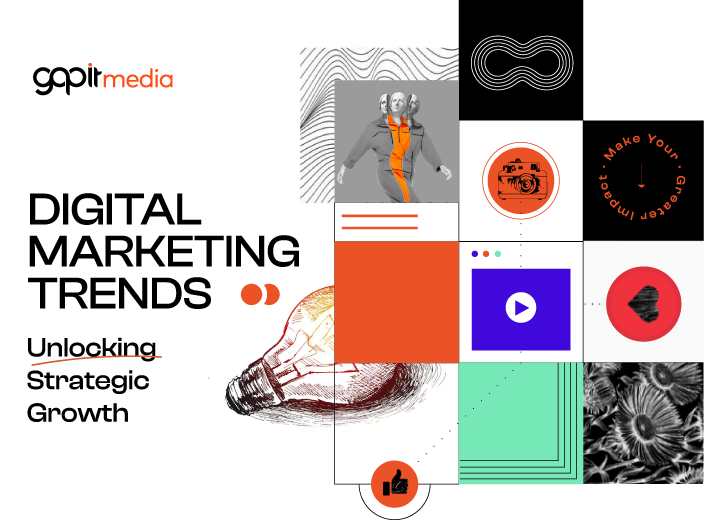
Glad you’re enjoying our content.
View our Digital Marketing Trends right HERE

